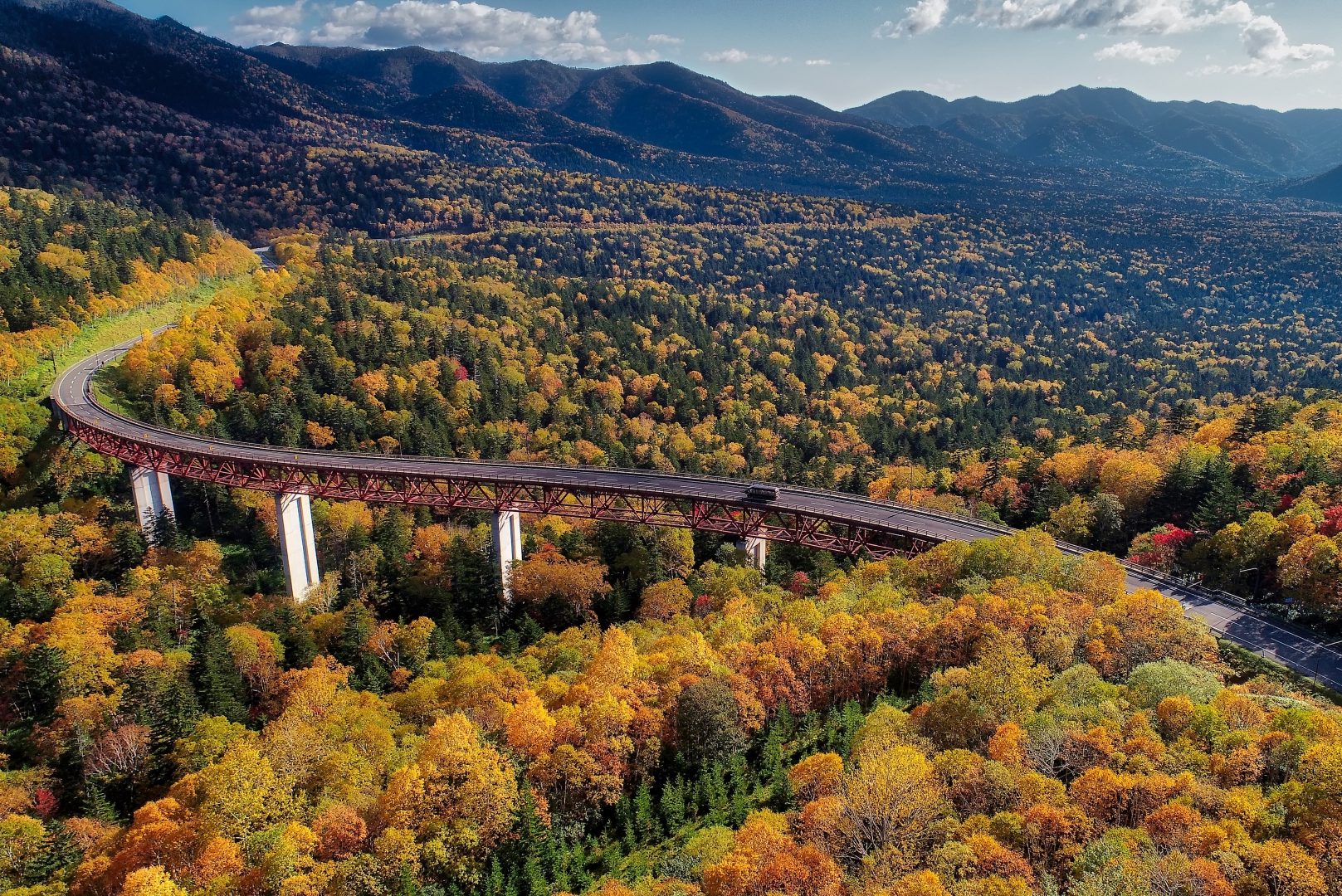
Best National Parks of Japan : #2 Shikotsu-Toya National Park /支笏洞爺国立公園
With an annual foreign visitor count of 976,125 people, the Shikotsu-Toya National Park (支笏洞爺国立公園) in Hokkaido holds the distinction of being the second most visited national park in Japan. Situated in the southwest region of Hokkaido, it boasts excellent accessibility, making it a popular choice among travelers. Located near the famous Niseko ski resort, the park is easily accessible from both Shin-Chitose Airport and the city of Sapporo, with travel times ranging from 40 minutes to 1.5 hours.
The park’s wide volcanic terrain offers abundant opportunities for outdoor activities, making it a great destination for nature lovers and adventure seekers alike. Despite being somewhat lesser known than the Mt. Fuji area, Shikotsu-Toya National Park provides an array of captivating experiences.
The park is divided into five distinctive areas:
- Shikotsu-lake area (支笏湖エリア)
- Jo-zan valley area (定山渓エリア)
- To-ya lake area (洞爺湖エリア)
- Mount Yotei area(羊蹄山エリア)
- Noboribetsu area(登別エリア)
1. Shikotsu-lake area (支笏湖エリア)

Known for its crystal-clear waters, Shikotsu Lake is one of Japan’s clearest lakes. Motorboat traffic is regulated and jet skis are prohibited, making it an ideal location for water sports such as kayaking, SUP, rafting, and fishing. The area also offers various hiking trails, camping grounds, and natural hot spring baths (onsen), making it a pleasant destination for summer activities.

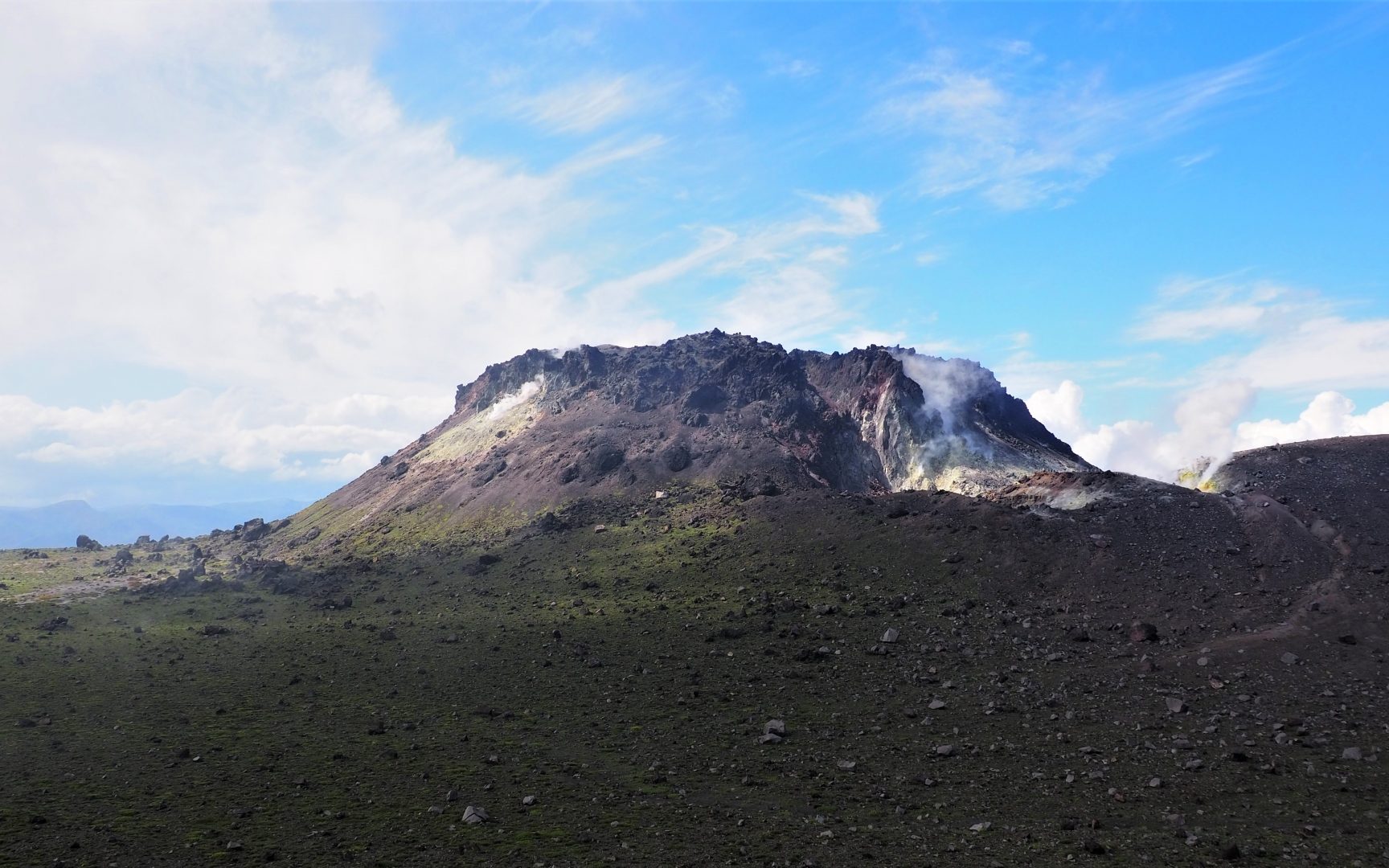
2, Jo-zan valley area (定山渓エリア)


This region is a traditional onsen town with Japanese inns (ryokan). It is only a 40-minute drive from Sapporo, making it a convenient detour during a trip to Hokkaido. The Toyohira River (豊平川) in this area is known for white water rafting and kayaking.
3. To-ya lake area (洞爺湖エリア)

The caldera lake has an island in the middle called Nakajima (中島). Nakajima used to be populated until the 1960s. Back then, three Ezo deer (Ezo: Hokkaido in old Japanese) were introduced by humans with the intention of making it a tourist attraction. The deer have since repeatedly experienced abrupt increases and decrease in population, reaching up to 400 deer on the island in 2001!
The area was one of the first UNESCO global geopark listed in Japan (Toya Caldera and Usu Volcano Global Geopark).


Shōwa-shinzan (昭和新山) is another peculiar phenomenon. It literally translates to New Mountain of Showa. It is a lava dome that suddenly grew out from the fields in the years between 1943~45. A local postman, Mr. Mimatsu, took detailed measurements of the growth (later known as the Mimatsu Diagram), which became a rare geographical record book capturing a new volcano rising. This was hidden by the authorities during the war to avoid public confusion. Mr. Mimatsu later bought the surrounding land for preservation, which is still privately owned by his grandchildren.
4, Mount Yotei area(羊蹄山エリア)

Also known as Niseko, this area is renowned as a world-class skiing resort, attracting visitors from all over the globe. The powder snow quality is exceptional, thanks to Siberian winds that pick up water from the sea and deposit it as snow on the mountains. This creates significant snowfall while simultaneously drying and hence making the snow powder quality. The Niseko mountain itself( Niseko-an-nu-puri)is actually outside of this national park. It is designated as Niseko Shakotan Otaru Beach Quasi-National Park.
Mount Yotei (羊蹄山) is also called Ezo Fuji (Ezo means Hokkaido in old Japanese) because it resembles the photogenic cone of Japan’s highest mountain, Mount Fuji. Mount Yotei is actually about half of its height at 1,898m. The climbing trails are known for the alpine plants which are designated as Japan’s national nature treasure.


5. Noboribetsu area(登別エリア)

Hokkaido does not receive the reputation that it deserves as an onsen paradise. Noboribetsu is one of the rarest places in the world where you can experience nine types of natural hot springs in one town: sulfur spring, salt spring, alum spring, iron spring, radium spring, etc. This is an unthinkable variety in Honshu (mainland Japan.) The famous Jigokudani (地獄谷), or “hell-valley,” with its steam and roaring fumaroles, inspired the motif of Oni (devils) you find in the town alleys. Kuttara Lake (倶多楽湖), a caldera lake with crystal clear water, is also a prominent attraction in the area. The lake’s transparency is made possible by the lack of river systems flowing into or out of the lake, so it is entirely comprised of rain and spring water.
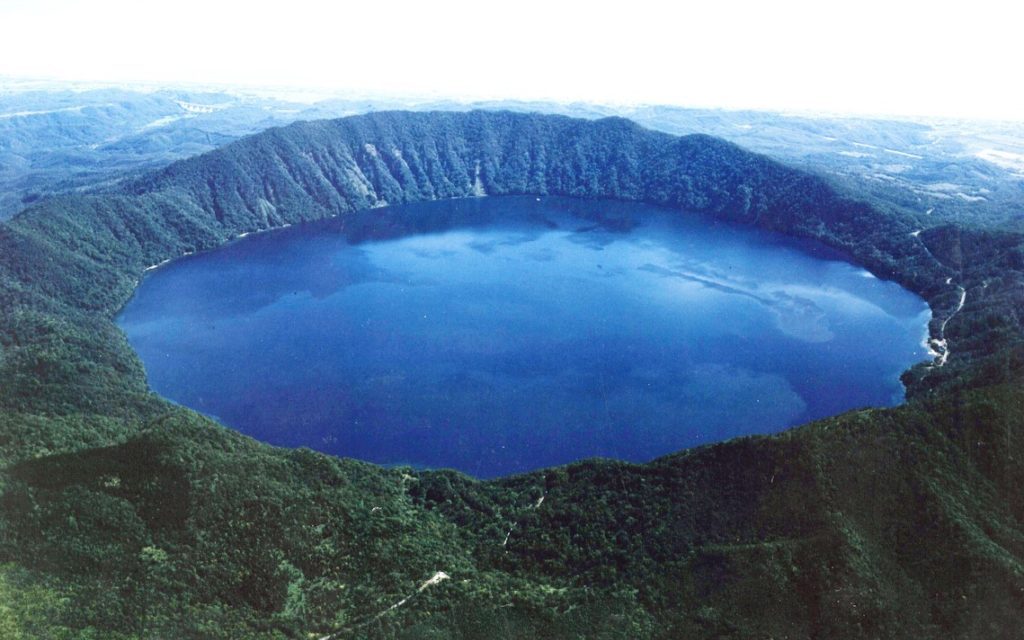

For travelers seeking stunning natural landscapes, exciting outdoor activities, and relaxing hot springs, the Shikotsu-Toya National Park offers an unforgettable experience in Hokkaido, Japan’s northernmost island.
Stay tuned for our next articles featuring #3 ~ #5 most visited national parks in Japan.
Sign up for our newsletter to receive the updates!
*Information as of November 2022.

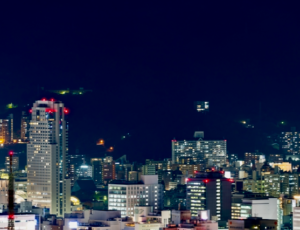

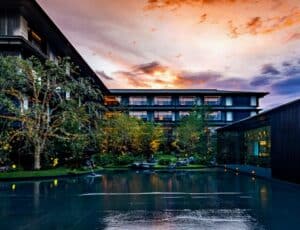
Pingback: Top 5 most visited National Parks in Japan by foreign visitors (#3 Aso-Kuju National Park/阿蘇くじゅう国立公園) - Eaves Japan : Blog
Pingback: Top 5 most visited National Parks in Japan by foreign visitors (#4 Setonaikai National Park / 瀬戸内海国立公園) - Eaves Japan : Blog
Pingback: Top 5 most visited National Parks in Japan by foreign visitors (#1 Fuji-Hakone-Izu National Park /富士箱根伊豆国立公園) - Eaves Japan : Blog
Pingback: 5 Best Luxury Hotels in Niseko According to Traveler Reviews - Eaves Japan : Blog